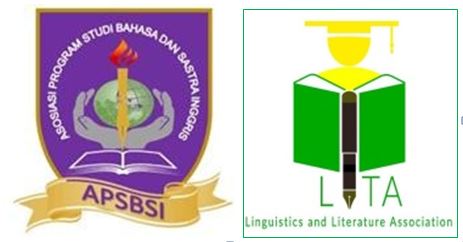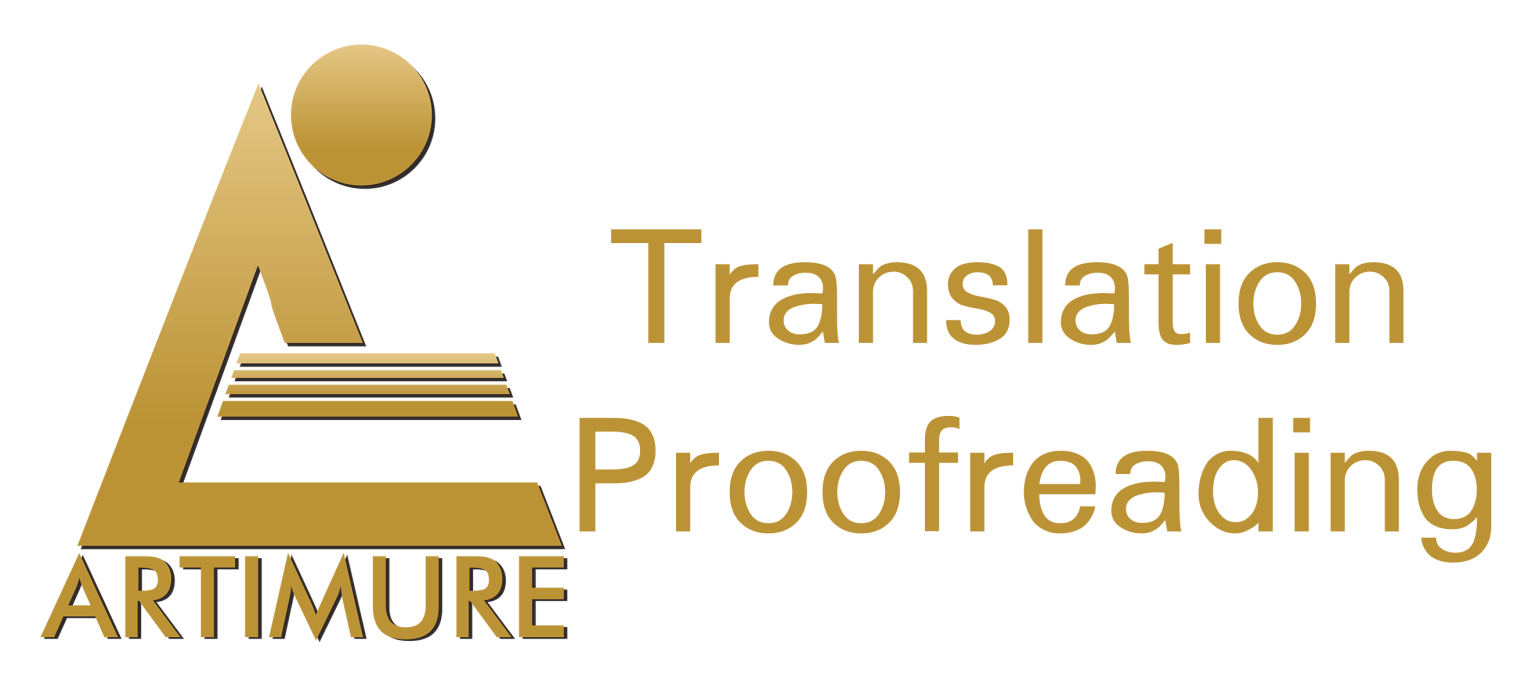Submissions
Submission Preparation Checklist
All submissions must meet the following requirements.
- The submission has not been previously published, nor is it before another journal for consideration (or an explanation has been provided in Comments to the Editor).
- The submission file is in OpenOffice, Microsoft Word, or RTF document file format.
- Where available, URLs for the references have been provided.
- The text adheres to the stylistic and bibliographic requirements outlined in the Author Guidelines.
- The text is single-spaced; Indent when starting a new paragraph. Use standard fonts such as Times New Roman or Computer Modern Roman, 10 points for text, 11 points (bold) subsection headings, 12 points (bold) for section headings, 14 points (bold) for the title, 11 points for authors’ names, and 9 points for their affiliations
Privacy Statement
The names and email addresses entered in this journal site will be used exclusively for the stated purposes of this journal and will not be made available for any other purpose or to any other party.









